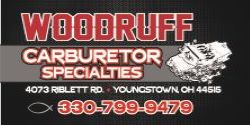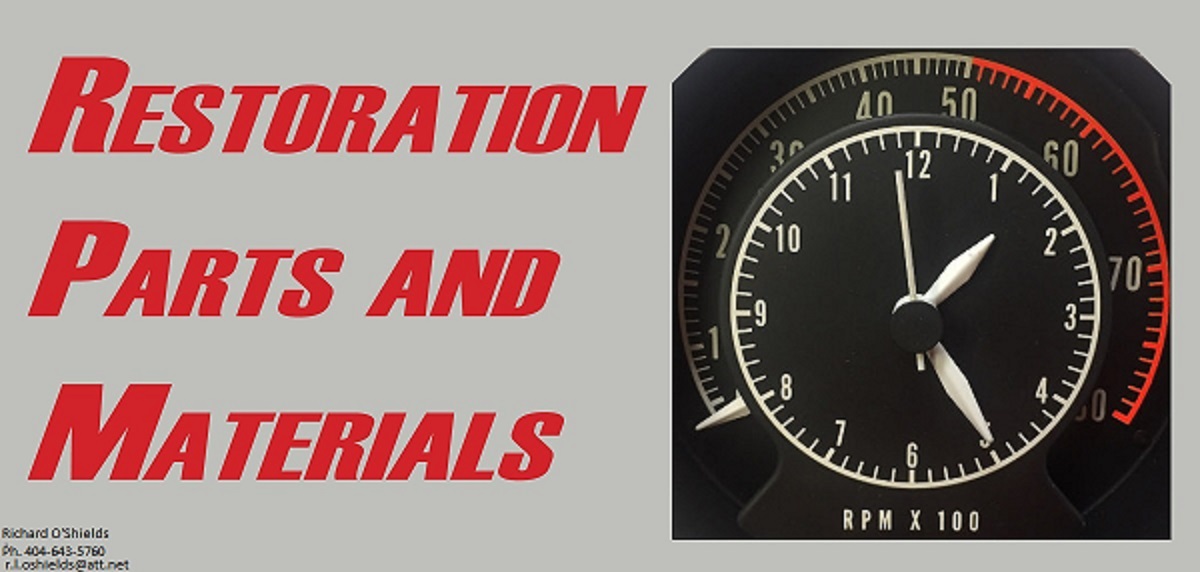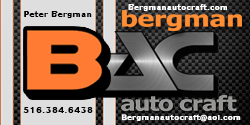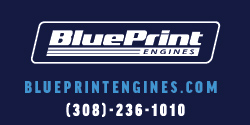I ran across a "POWENATION" segment on YouTube where they took a stock, well-used 440 our of a motorhome (or similar) and ran it to get a baseline of what it would do before they built it. Amazingly, it made LOTS of torque below 3000rpm, as is. After 3000rpm, apparently, the low compression ratio hurt ultimate power.
The interesting thing Chrysler did with their "smog" engines was to not really touch the heads or cams. The cams in those motors were a little bit larger in duration, overlap, and lift than the prior 256/260 cams of old. The intakes for the TQ can have the mounting plate cut-out to allow a normal carb to be used on them. As the mounting stud patter is the same for spreadbore and post-1967 Carter and Holley 4bbl carbs. The main orientation was to make the engine a better air pump, with the slightly longer cam timing.
SO, just the compression ratio was the main change, plus some fuel and spark calibrations. IF Mahle has some "MM" ring pistons with a 10.0CR rating with the existing heads, that would be where I headed as the thin rings unlock power through decreased friction. More than might be suspected. Might even be lighter than OEM, too?
Otherwise, a "quench dome" piston, like Hughes used to sell, might be a more-normal option. The dome increases quench/turbulence/compression ratio to approximate a closed-chamber head on the engine, without using the older closed-chamber heads with flat-top pistons.
I COMPLETELY concur with the torque converter statements above. When the '68 Road Runner 383 came out, we knew it had a bit looser converter in it for better off-line performance. Years later, in a listing for Chrysler Re-Man torque converters, the 10.75" '68 RR converter listing was the same as for the Slant 6. Made perfect sense as if the converter is "tight" enough for a Slant 6, with more power in front of it, the stall speed will be higher as a result. Slick move! Chevy did something similar with the '77+ Z/28s, using a V-6 torque converter behind their normal 350 V-8 of the time. Of like many racers using "Vega" converters to get more stall speed with their 350s. And some Opel 8" converters before that. FWIW
Of course, dual exhausts. Many options there.
Summit used to sell a Lunati cam (in a Summit Racing box) that was a modernized version of the Chrysler HP B/RB cam for a very good price. Lunati does not seem to sell that cam anymore (after their absorption into the Edelbrock Group), though. Might still be in the Summit catalog, though.
IF the budget can support it, a set of more modern design aluminum cyl heads can certainly increase air flow into and out of the motor. TrickFlow or AirFlowReasarch, as some others are based on the Chry 906 castings, but built in aluminum.
To me, a "torque motor" that "rpms" to 5500rpm or higher can be the best engine for general street use. Getting that "balance" can be tricky, sometimes. Probably need to watch some of the Nick's Garage YouTube videos to see what is possible!
Enjoy!
CBODY67

















